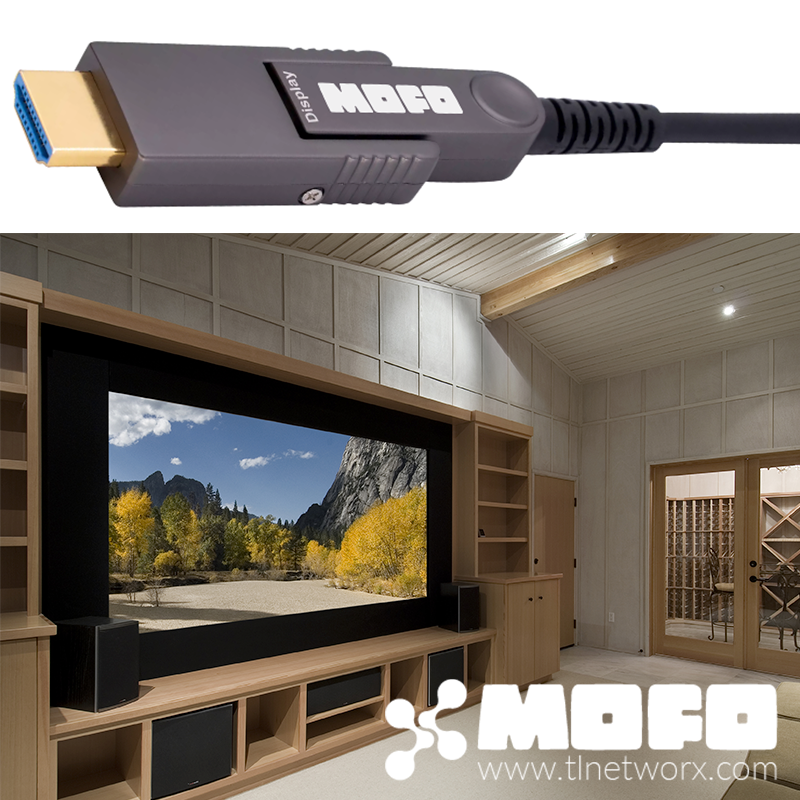Six tips for keeping hackers out of your smart home

We spend a lot of time discussing smart home technology and the need to future-proof with infrastructure necessities like fiber optics; however, fear of technology continues to be a real barrier for many homeowners and technology decision makers. Last year's hacking didn't help things, and it seems like every day a multitude of contradictory reports are flooding our inboxes.
The Daily Dot published a comprehensive list of six recommendations to keep your technology and home safe. As they put it: if you want to prevent your smart home from turning against you or other people, here are a few tips that can help.
1. Always change default settings. Internet-connected devices often come with default passwords, and unfortunately as many users forgo changing factory settings, those devices become easily accessible to hackers. In fact devices with default passwords were the single largest contributor to the Mirai botnet, which was responsible for the October DDoS attack.
2. Install the latest updates. There’s no such thing as a flawless device, and even the simplest of connected devices are often found to have exploitable vulnerabilities.
3. Isolate your gadgets from your home network. You should always assume that your IoT devices will get compromised eventually, and some hacker will manage to get ahold of your smart home gadget before you patch the latest vulnerability.
4. Minimize connectivity. Many devices feature different connectivity options, such as ethernet and Wi-Fi. It’s always a good security practice to disable the one you’re not using in order to minimize the attack surface. Preferably, opt for a wired connection over a wireless one, because it is harder to compromise.
5. Disable unnecessary features. Many devices come with a built-in camera and microphone, and those are among hackers’ favorite exploitable features. So if it isn’t relevant to your needs, disable those functionalities, and if the device doesn’t have a “disable camera” feature, simply block it as you do with your laptop webcam, or turn it to face the wall.
6. Set up a secure perimeter. Most home routers have a built-in firewall to protect your network against intruders and block access to unused ports. If you haven’t activated it yet, do so now, because as opposed to your laptop, your smart gadgets don’t have firewall or anti-malware or other endpoint protection solutions, making them more vulnerable to hackers.
In our opinion, the above tips are great advice in the war against hackers...and understanding of the vulnerabilities and creating a safe environment is the first step toward leveraging technology to help better our homes and lives.
The complete article is available online.




Comments